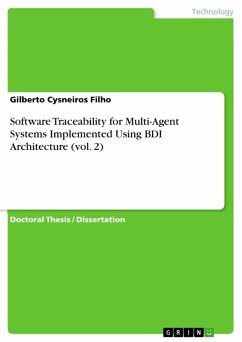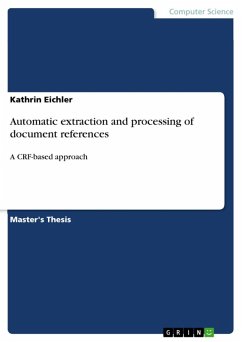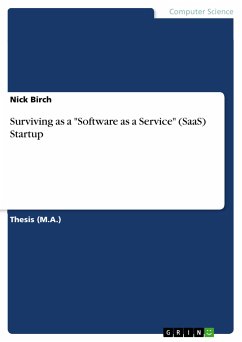Research Paper (undergraduate) from the year 1998 in the subject Computer Science - Software, grade: 0, University of Kaiserslautern, language: English, abstract: The first step during the software development, requirements engineering, is very critical because of the high effort (in time and costs) that has to be made to correct mistakes detected later that have been made in this early phase of software life-cycle. In order to support the aim of high-quality software, the goals of requirements engineering are developing a complete as possible specification, providing integrated representation formalisms and accomplishing a common agreement on the specification. The very first activity that has to be passed through is requirements elicitation. There are existing three main problems: the problem of defining the scope, the problem of understanding the users' needs and the problem of requirements volatility over time. You can follow several heuristics and guidelines to find solutions to these problems. In addition, several techniques and methodologies have been suggested to support the process of requirements elicitation. They differ in several ways: the kind of problem they intend to solve, the methods used for achieving this aim, the kind of people involved, the level of abstraction and precision the requirements have to be formulated in. In this report, a selection of these techniques and methodologies is chosen and they are classified into a classification scheme worked out. The techniques and methodologies can coarsely be divided into four classes: interview-oriented approaches, objective and goal analysis-oriented approaches, viewpoint analysis-oriented approaches, and scenario analysis-oriented approaches. There are others that do not fit into this division, but provide nevertheless help for requirements elicitation. The developed classification scheme highlights the differences between the existing techniques. It should serve as an overview of existing techniques and methods as a guideline for analysts and developers for finding an appropriate method for problems at hand.
Dieser Download kann aus rechtlichen Gründen nur mit Rechnungsadresse in A, B, BG, CY, CZ, D, DK, EW, E, FIN, F, GR, HR, H, IRL, I, LT, L, LR, M, NL, PL, P, R, S, SLO, SK ausgeliefert werden.









